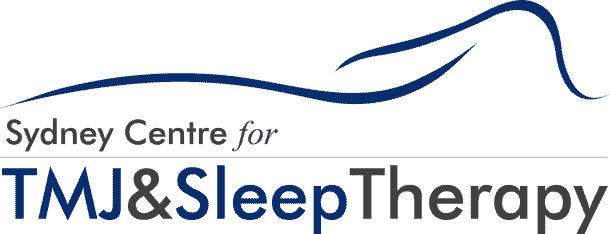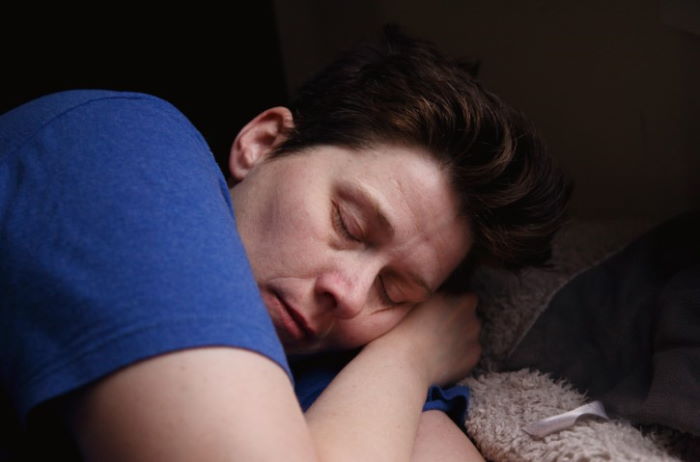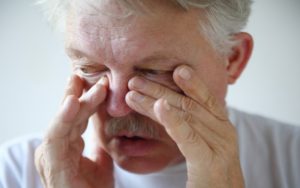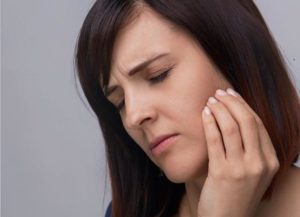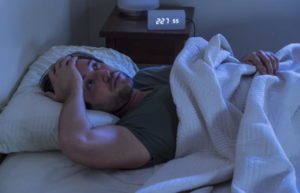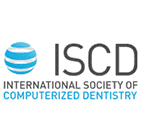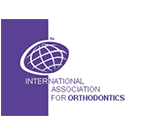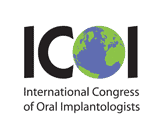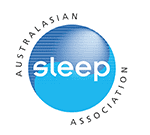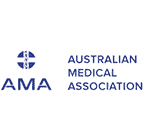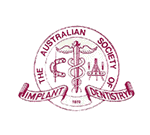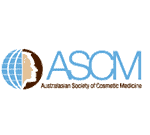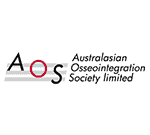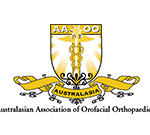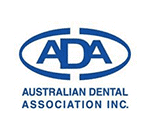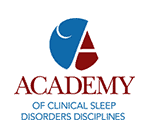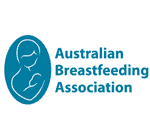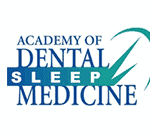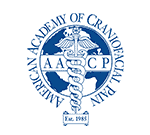Sleep apnea is a serious sleep disorder that should not be taken for granted or left untreated. However, there is more than one type. To better understand how to choose the right treatment, it’s important to learn the difference between central and obstructive sleep apnea.
Understanding sleep apnea
Sleep apnea is a serious sleep disorder characterized by an interruption in breathing patterns, causing the breathing to stop and start multiple times at night while sleeping. If untreated, it can develop into loud snoring, which affects the body’s ability to take oxygen in, resulting in low sleep quality and leading to daytime tiredness, or more serious health conditions such as high blood pressure, heart problems, and more.
Snoring due to sleep apnea is different from primary or regular snoring. Primary snoring is caused by conditions in the nose and/or throat, sleep position (sleeping flat on your back), excess weight, old age, alcohol use, or use of depressants. Sleep apnea and primary snoring happen when tissues at the back of the throat collapse, causing a blockage in the airways, which results in the air vibrating. People who suffer from sleep apnea tend to:
- Snore louder than normal
- Take pauses in breathing (10 seconds or more)
- Gasp for air, choke, and/or take shallow breathing
- Be restless
Central vs Obstructive Sleep Apnea: Differentiating the Two
There are essentially three types of sleep apnea: obstructive sleep apnea (OSA), central sleep apnea (CSA), and complex sleep apnea syndrome (a combination of OSA and CSA).
What happens during obstructive sleep apnea
Obstructive sleep apnea is a common sleep disorder. This happens when the muscles around the throat and upper airways relax too much and collapse, causing an obstruction in the airflow through the upper airway. This can either be a partial or full obstruction. To compensate for the problem, the muscles in the chest and diaphragm will try to open to allow you to breathe. However, since it is not the normal way to breathe, the breathing can be intermittent. This will force the body to jolt and wake up briefly to restore the normal flow of air. This whole process of blockage and restoration of breathing happens multiple times a night during sleep. While the person suffering from it will not remember waking up, the disruption of sleep can cause a long list of negative effects on the body.
Obstructive sleep apnea also often occurs in people with excess weight (overweight and obese). This is because the fat and muscles around the neck become too thick, resulting in the narrowing of the airways.
Loud snoring is the tell-tale sign of obstructive sleep apnea. However, snoring alone doesn’t mean one is suffering from OSA. Other symptoms include:
- Chronic fatigue – feeling sluggish and sleepy throughout the day
- Taking pauses while breathing (over 10 seconds)
- Shallow breaths, choking while waking up
- Morning headache
- Dry mouth, sore throat
- Inability to concentrate and forgetfulness
- Mood swings, crankiness
- High blood pressure
- Constant need to pee at night
- Anxiety and/or depression
What happens during central sleep apnea
Central sleep apnea, on the other hand, is the cessation or interruption of the body’s respiratory drive caused by the lack of respiratory movements. Thus, normal breathing is disrupted. It is not because a person can’t breathe due to muscles over-relaxing, collapsing, and causing a blockage in the airway (like with OSA), rather, the brain is having trouble sending the right signals (or sending any signals) to the body to breathe normally.
In short, CSA is caused by an impairment in brain function, this is why it is often linked with having a disease or illness. This is common among individuals suffering from problems that involve the lower brain stem, as it is what mostly controls the body’s natural breathing pattern.
Symptoms of central sleep apnea
People with CSA also suffer from insomnia or wake up multiple times a night. However, they can also experience choking and gasping for air when they awaken. Some symptoms may be hard to notice in children. The warning signs include:
- Snoring
- Sluggishness and sleepiness throughout the day
- Abnormal sleeping patterns
- Inability to sleep soundly and at length
- Inward rib movement when inhaling
- Sweating at night
- Unusual sleeping positions (hyperextended neck or sleeping on hands and knees)
- Mood swings, inability to concentrate
- Reduced blood oxygen levels
- Poor work/school performance
- Behavioral and learning disorders
- Daytime mouth breathing
Central vs Obstructive Sleep Apnea: Diagnosis and Treatment
If you are experiencing any of the symptoms above for any type of apnea, then you should start journaling your sleeping patterns. List down every symptom you have along with the problems you face. This can be extremely useful for your health provider to advise on the right tests for thorough diagnosis and treatment.
If your health provider suspects OSA, you will be advised to get an arterial blood gases test, echocardiogram, electrocardiogram, and thyroid investigation tests. For CSA, on the other hand, you will be advised to get a full-night polysomnogram, also known as a sleep study.
Treatments for Obstructive Sleep Apnea
Those who suffer from OSA are usually advised to change their lifestyle; weight loss, proper diet, exercise, quitting alcohol, and smoking are highly recommended. Treatments, on the other hand, usually include:
- Positive Airway Pressure machines (CPAP, BiPAP, etc.)
- Nasal decongestants
- Dental devices to hold the jaw forward and keep the tongue from falling too far back when lying down
- Surgery (for extreme cases)
Treatments for Central Sleep Apnea
Treatment for CPAP usually starts with treating any existing medical conditions. Other treatment methods include:
- Oxygen supplementing
- Positive airway pressure therapy or CPAP devices to assist breathing
- Atrial overdrive pacing
- Adaptive servo ventilation
- Additional expiratory pressure relief
- Bi-level therapies
- Dieresis
- Phrenic nerve stimulation (depending on medical history and diagnosis)
Takeaway
While OSA is by far the most common, CSA is the most dangerous, but the two may coexist, meaning a person can have both obstructive and central sleep apnea. While OSA can be addressed by lifestyle changes, therapies, and surgery, these things don’t always work with CSA, making it more dangerous and difficult to treat.
CSA can be fatal, especially for those who have had cardiovascular problems. CPAP, BiPAP, and PAP treatments were able to provide improved results. However, those who regularly experience disruption in sleep should visit their doctor for a more thorough diagnosis.
